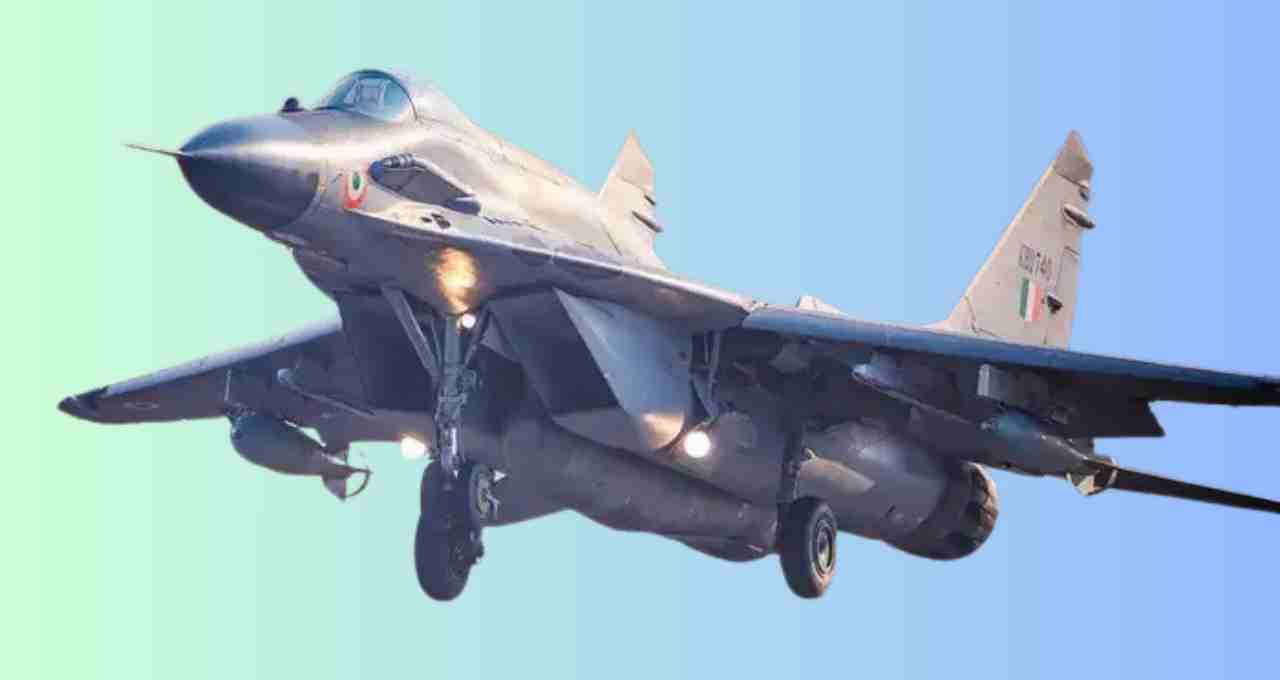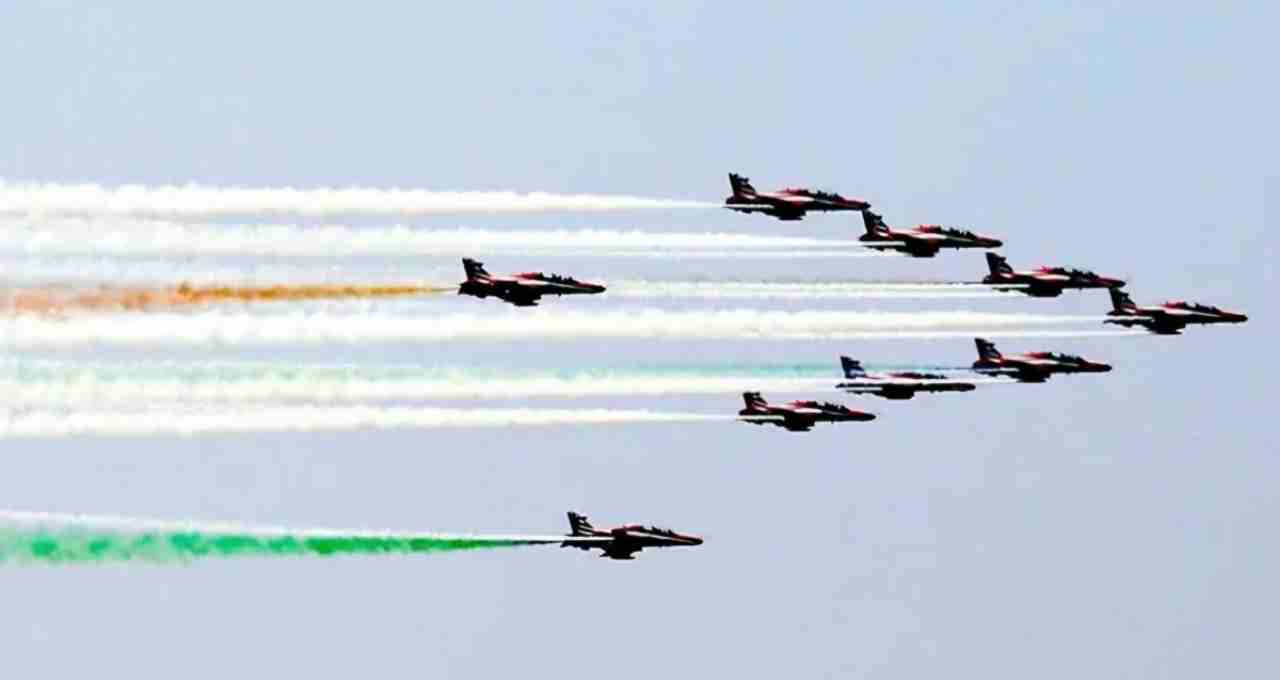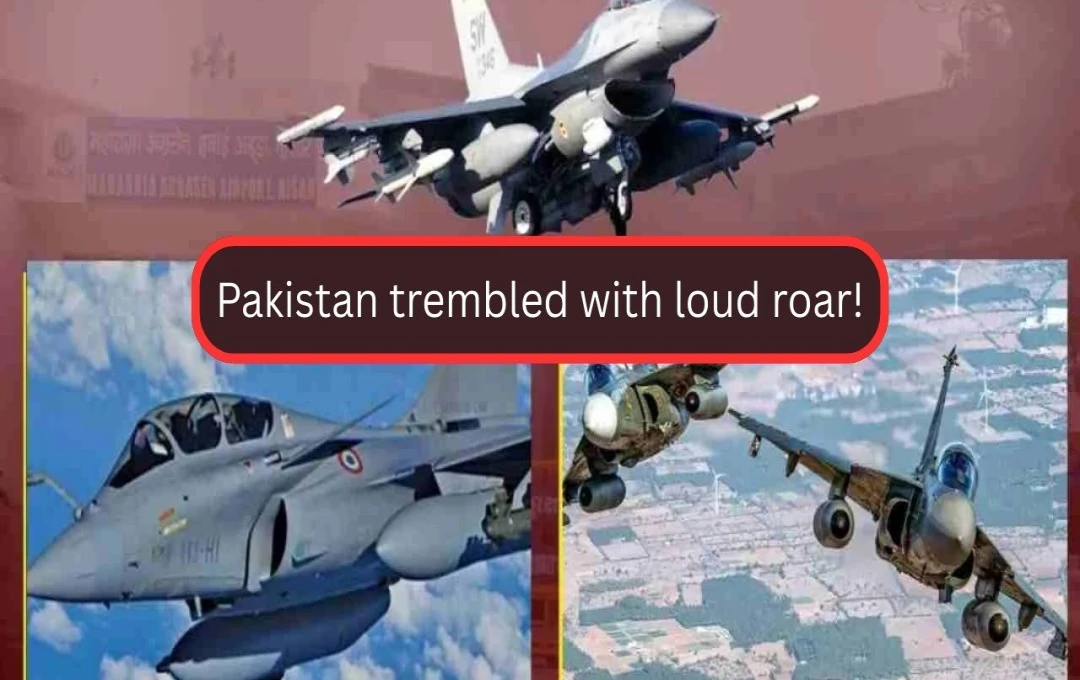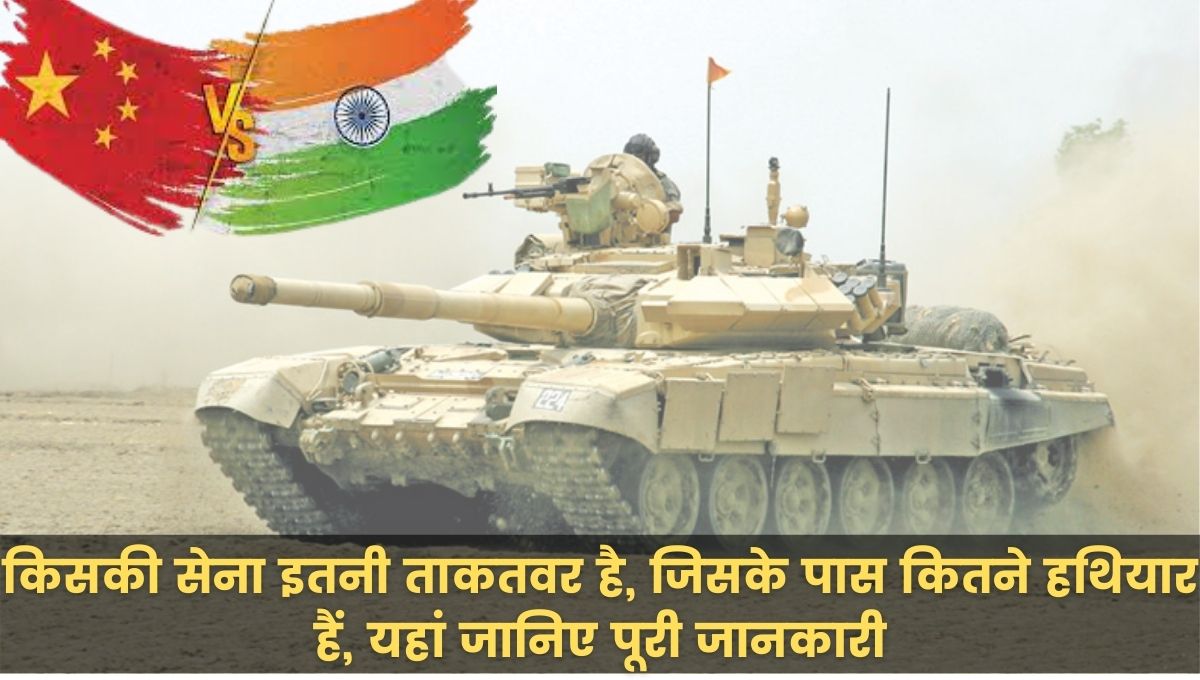The Indian Air Force has conducted a large-scale military exercise in central India, involving Rafale and Sukhoi-30 fighter jets. The exercise aims to further strengthen the Indian Air Force's readiness and combat capabilities.
Pahalgam Terror Attack: Amidst recently heightened tensions between India and Pakistan, the Indian Air Force has conducted a significant military exercise codenamed 'Operation Assault'. This exercise involved the IAF's most advanced and powerful fighter jets, the Rafale and Sukhoi-30.
The exercise took place in central India, and its timing is highly significant, especially given the heightened tensions between the two countries following the terrorist attack in Pahalgam, Jammu and Kashmir.
What is 'Operation Assault' and why is its timing crucial?
The Indian Air Force stated that this exercise is routine training, conducted periodically to enhance the air force's combat skills and operational capabilities. During the exercise, the air force aircraft practiced several complex operations, including air strikes, precision bombing, and neutralizing enemy air defense systems.
However, considering the timing and nature of this exercise, it is being viewed as strategically important. Particularly in the tense security situation following the Pahalgam terrorist attack, this air force exercise clearly indicates that the Indian Air Force is actively maintaining its preparedness at the highest level.

The Powerful Combination of Rafale and Sukhoi-30
This exercise utilized advanced fighter jets like the Rafale and Sukhoi-30. The Rafale jets play a particularly significant role in this exercise, as they are among the newest and most sophisticated aircraft in the Indian Air Force's arsenal. India purchased 36 Rafale jets from France, and they have now become a key component of the IAF's potent weaponry.
The Rafale can perform multiple missions simultaneously, enabling it not only to destroy enemy aircraft but also to weaken enemy defense systems. The Sukhoi-30, a crucial part of the Indian Air Force, was also included in this exercise. The Sukhoi-30 possesses high speed, long range, and the capacity to carry heavy ordnance, making it a significant asset in any conflict. The combination of both aircraft enhances the Indian Air Force's combat capabilities.
The Situation Following the 2019 Pulwama Attack
Following the Pulwama terrorist attack, the Indian Air Force conducted air strikes on terrorist camps in Balakot, Pakistan, demonstrating the IAF's power. This air strike showcased the IAF's strength and decisiveness. While the IAF used fighter jets like the Mirage 2000 then, the inclusion of Rafale jets now further strengthens the air force's capabilities.

Furthermore, India has recently integrated advanced weaponry, such as the S-400 air defense system, into its military strength, providing enhanced defense against enemy air attacks. This system is capable of targeting and destroying enemy aircraft and missiles, ensuring the Indian Air Force's defense system operates at the highest level of security.
Is this exercise a warning to Pakistan?
‘Operation Assault’ and the display of the air force's state-of-the-art aircraft during the exercise could be a clear signal to Pakistan. Given the escalating tensions along the border with Pakistan, this Indian Air Force exercise is not only a way to strengthen military preparedness but also sends a message to Pakistan that India will maintain its military strength and is ready to respond decisively to any aggression.
Additionally, the Indian Air Force involved many aircraft from central and eastern Indian regions during this exercise, a significant move considering regional security. This showcases the air force's overall strength and strategic efficiency.













